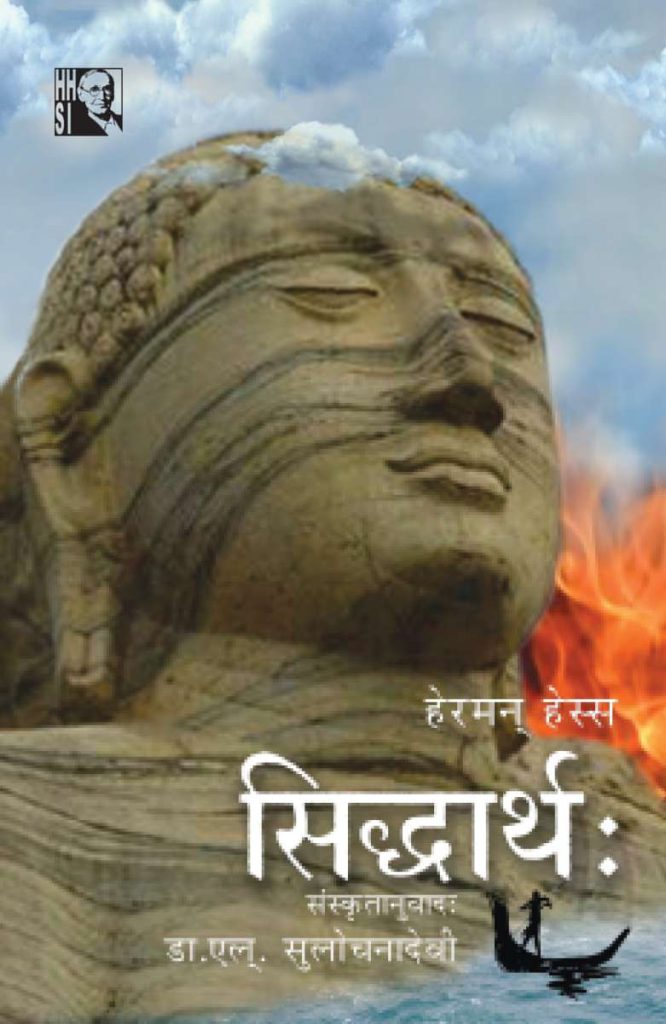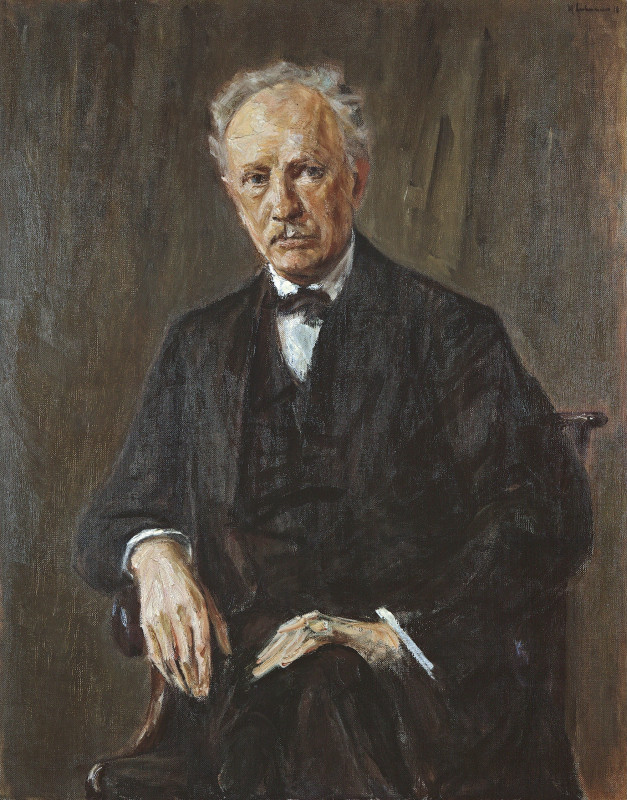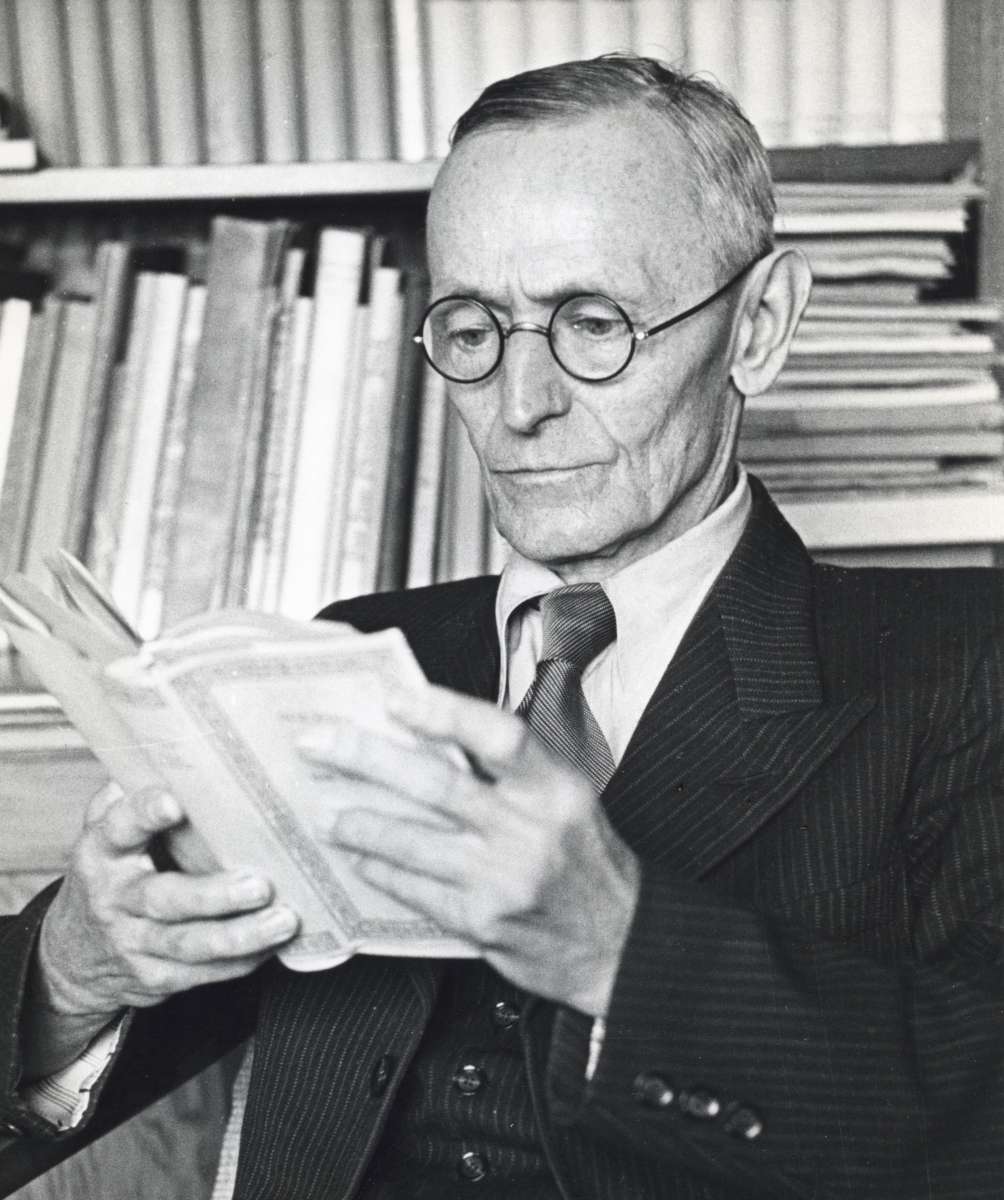Although it was many years before the publication of Hesse’s Siddhartha (1922) this masterpiece was to be derived from these new influences…writes Dilip Roy (A Fellow of Royal Asiatic Society UK, Dilip K Roy is a researcher on cultural subjects)
It is a well known fact that in the last two centuries Germany’s contribution stands far greater in the field of Arts, Literature and Science than the whole of Europe combined. Germany has been the hub of literary tradition for centuries, whether it was Romanticism or Expressionism whilst remaining at the forefront of intellectual activity. The number of Nobel laurates produced also rank high. Among the few German names such as Goethe, Schopenhauer and Richard Wagner whose influence was felt on the whole generation of artists, musical composers and literary writers of the modern world.
Hermann Hesse (1877-1962) was a German poet and a novelist who won the Nobel prize in literature in 1946 for his inspired writings which, while growing in boldness and penetration, exemplify the classical humanitarian ideals and high qualities of style (Nobel Citation 1946) Hesse pursued an existentialist course in his writings, frequently alluding to psychoanalysis and Buddhist philosophy. His characters are often outsiders in search of purpose and spiritual depth and are trapped in societies filled with misunderstanding and ruin. Although he won the Nobel prize in literature, most of his novels failed to make impact on the readers until SIDDHARTHA appeared in 1922 which catapulted Hesse to international fame for in Siddhartha, Hesse captured the truth of the spiritual journey in a way his self awakening. The book Hesse’s ninth novel was written in German, in a simple lyrical and poetic style.
Gaienhofen was the place in Germany where Hesse’s interest in Buddhism was re-sparked. Following a letter to Kapff in 1895 entitled NIRVANA, Hesse had ceased alluding to Buddhist references in his work. In 1904, however, Arthur Schopenhauer (1788-1860) and his philosophical ideas started receiving attention in Europe and Hesse discovered theosophy and Schopenhauer’s philosophy renewed his interest in India. Although it was many years before the publication of Hesse’s Siddhartha (1922) this masterpiece was to be derived from these new influences.


At the time Hesse was composing his famous Novella “Siddhartha” around 1920 he wrote the following words:
We are seeing a religious wave rising in almost all of Europe, a wave of religious despair and many are speaking of new religion to come. Europe is beginning to sense that the overblown one sidedness of intellectual culture is in need of correction, a revitalization coming from the opposite pole. This widespread yearning is not for new ethics or a new way of thinking, but for a culture of the spiritual that our intellectual approach to life has not been able to provide. This is a general yearning not so much for Buddha but for a yogic capability. We have learned that humanity can cultivate its intellect to an astonishing level of accomplishment without becoming master of its soul.
Despite Hesse’s wider interest in the world’s religions, no other spiritual discipline apart from Christianity influenced his life and work more than BUDDHISM. Many of his novels his characters became centered through developing an awareness of themselves and their own behavior with a kind of mindfulness that transcended the intellectual content of Buddhist philosophy. Hesse was struck by Buddha’s life a spiritual training of the highest order. It is in this discipline that we see reflected in Hesse’s writings and his own psychological struggles. His most influential work “Siddhartha” is arguably also his most optimistic work. Like the Romantics and Transcendentalists who had preceded him, Hesse was not interested in conveying the traditions that inspired him. Hesse’s use of invented term “Yogaveda” and went on to create his own exotic blend of Eastern spirituality a synthesis of Hinduism and Buddhism. As Hesse grew more familiar with Buddhist doctrine he began to understand the subtleties that moved him out of his acute depression. For him the speeches of Buddha were “a source and mine of quite unparalleled richness and depth.” He wrote in his diary:
“As soon as we cease to regard Buddha’s teaching simply intellectually and accept with certain sympathy in the age-old Eastern concept of unity, if we allow Buddha to speak to us vision, as image, as the awakened one, the perfect one, we find in him, almost independently of the philosophic content and dogmatic kernel in his teaching, a great prototype of mankind. Whoever attentively reads a small number of countless speeches of Buddha is soon aware of a harmony in them, a quietude of soul, a smiling transcendence, a totally unshakable firmness, but also invariable kindness, endless patience.”
A very notable German composer of operas and tone poems, Richard Strauss (1864-1949) set three of Hesse’s poems to music in his Song Cycle “Four Last Songs” for Soprano and Orchestra was composed in 1948 a year before the composer’s death, the songs were rendered in a Wagnerian style has become very popular among the lovers of classical music.

The word SIDDHARTHA is made up two words in Sanskrit. Siddha (achived) Artha (what was searched for) which together means “he who has found meaning of existence.” The ultimate goal or Moksha. Siddhartha is also Buddha’s original name.
Siddhartha has been published in almost all major European and Indian languages also Hermann Hesse Society of India was established in 2005 under the auspices of the Government of India at Tellicherry in South India birth place of Hesse’s mother which in many ways contributed for attracting Hesse to Eastern thought and culture.
